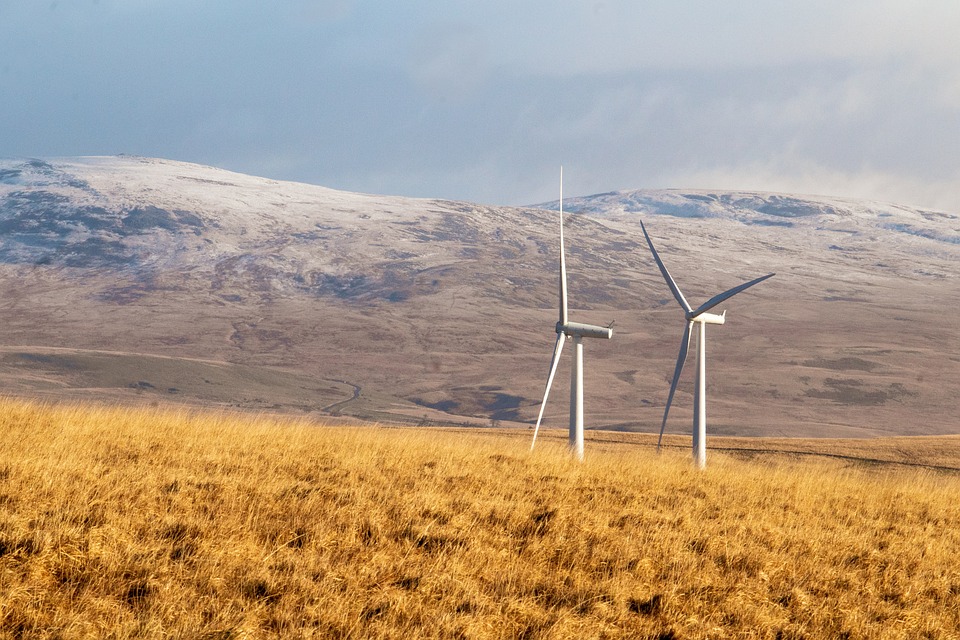Introduction
Clean energy, such as solar, wind, and hydroelectric power, is often touted as a more sustainable and environmentally friendly alternative to traditional fossil fuels. But is clean energy actually cheaper? Let’s take a closer look at the cost comparison between clean energy and fossil fuels.
Cost of Clean Energy
One of the main arguments in favor of clean energy is that it is becoming increasingly cost-competitive with traditional fossil fuels. The cost of solar panels, for example, has decreased significantly in recent years, making solar power more affordable for homeowners and businesses. Wind power has also seen a decrease in costs, with many countries investing in large-scale wind farms as a way to reduce their carbon footprint.
Government Incentives
Another factor to consider when evaluating the cost of clean energy is government incentives and subsidies. Many governments around the world offer financial incentives for individuals and businesses to invest in clean energy sources, such as tax credits, rebates, and grants. These incentives can help offset the upfront costs of installing solar panels or wind turbines, making clean energy more accessible to a wider range of consumers.
Environmental Impact
While the initial cost of clean energy technologies may be higher than traditional fossil fuels, it is important to consider the long-term environmental and societal impacts. Fossil fuels are a major contributor to global warming and air pollution, leading to health problems and environmental degradation. Investing in clean energy is not only a more sustainable choice but can also save money in the long run by reducing the costs associated with climate change and pollution.
Conclusion
In conclusion, while the cost of clean energy may still be higher than traditional fossil fuels in some cases, the gap is narrowing as technology advances and government incentives become more prevalent. Investing in clean energy not only benefits the environment but can also be a cost-effective choice in the long run. As more countries and companies make the transition to clean energy sources, we can expect to see further reductions in costs and a shift towards a more sustainable energy future.

Kyle Whyte is a notable scholar and professor at the University of Michigan, holding positions such as the George Willis Pack Professor in the School for Environment and Sustainability and Professor of Philosophy. Specializing in environmental justice, his work critically examines climate policy and Indigenous peoples’ ethics, emphasizing the nexus between cooperative scientific endeavors and Indigenous justice. As an enrolled Citizen Potawatomi Nation member, he brings a vital perspective to his roles as a U.S. Science Envoy and member of the White House Environmental Justice Advisory Council. His influential research is supported by various prestigious organizations including the National Science Foundation, and disseminated through publications in high-impact journals. Kyle actively contributes to global Indigenous research methodologies and education, with affiliations to numerous institutes and societies dedicated to traditional knowledge and sustainability. Recognized for his academic and community engagement, Kyle has earned multiple awards and served in various visiting professorships. His efforts extend to leadership positions on boards and committees focused on environmental justice nationwide.
